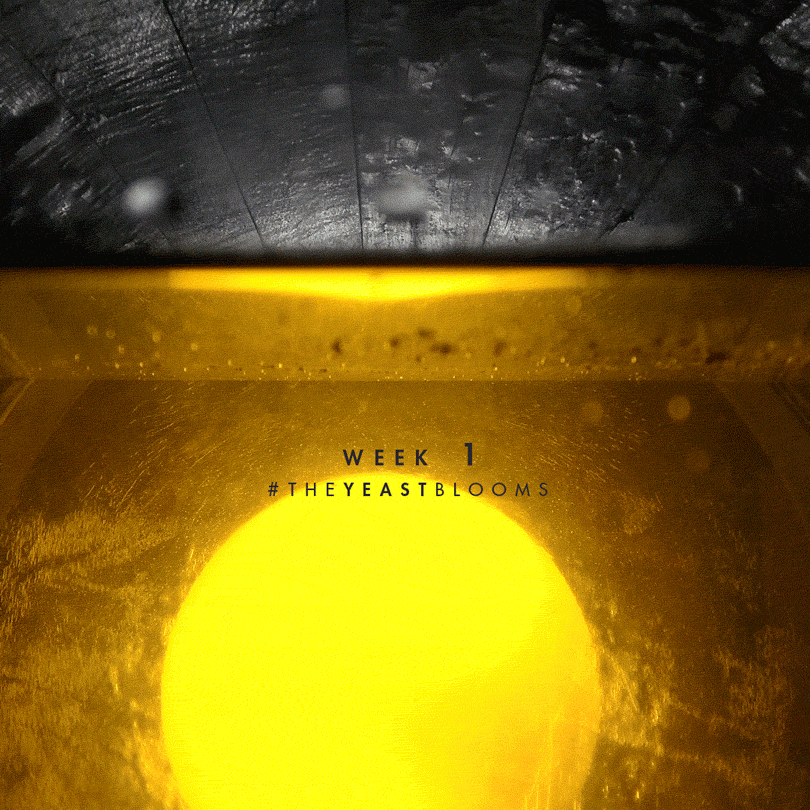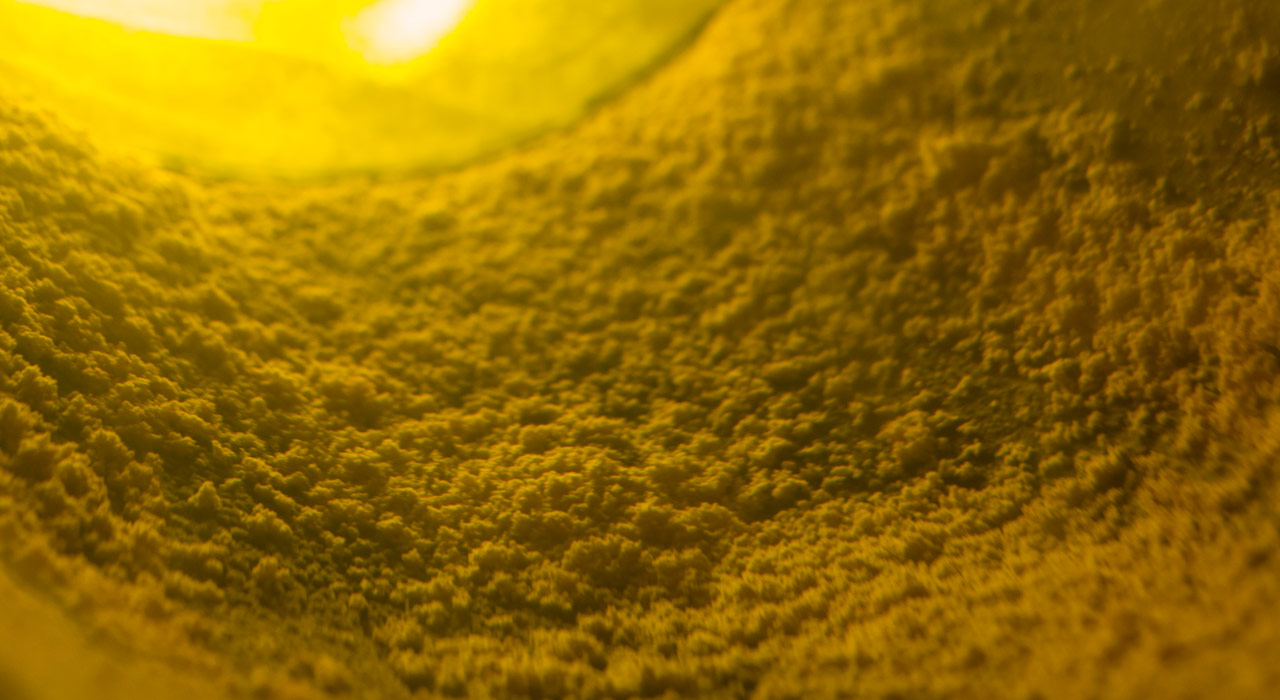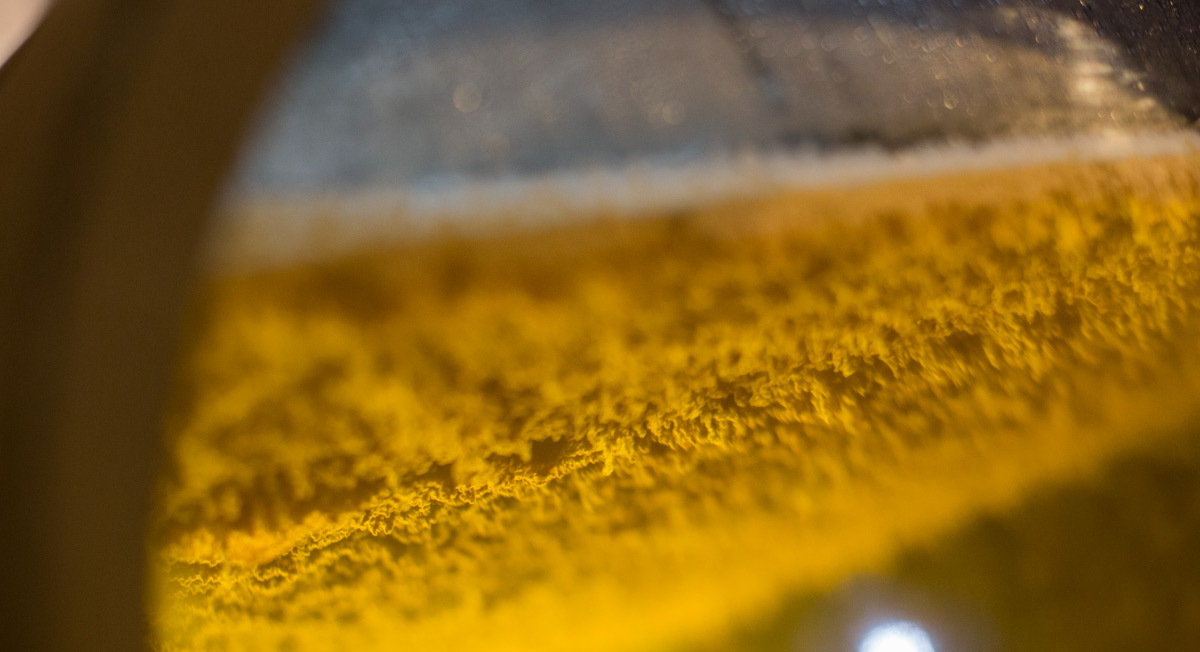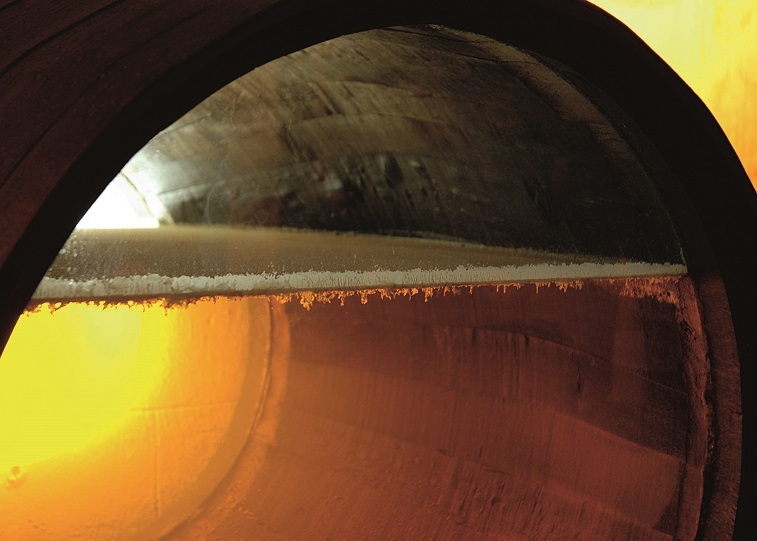It’s that time of year again, when the cold starts to break and warmer weather gradually begins to grace us with its presence.As the seasons change, we often seek out and welcome food and drink that reflects our surroundings.When things start to heat up, our desire for beverages that quench our thirst and cool us off grows exponentially with the increase in temperature.In a world filled with slushies and punches, there is one classic cocktail that has been helping us usher in Spring and Summer for centuries: Sangria
BIOLOGICALLY AGED SHERRY AND OXIDATIVE SHERRY
As CSWS members you already know the importance of aging in traditional sherry wines. We can make an incredible number of wines with just 3 white varieties, one of these is the most used producing the entire dry range. If we add to the immense versatility of the palomino a sophisticated aging process, results go beyond our imagination. This is what multiple generations of winemakers have been playing with in the sherry region: presence or absence of the “flor”, to find after years of dynamic aging, manzanilla, fino, oloroso, or a combination of both when talking about an amontillado or palo cortado.

In summary, wines that develop the “flor” are wines known as biological aged sherry wines. These wines, because of the yeast, will end in very light, sharp, bone-dry wines. However, if these microorganisms are not present as “veil of flor” the wines will result in rounder, more structured types of sherry. To add more complexity and versatility, there are wines that are aged by mixing both aging processes. The influence of the “flor” first and then the exposure to the oxidative aging process will create exalted masterpieces that gather the best from both universes.
Let’s not forget that such incredible level of complexity and diversity is also due in part to the genuine and traditional Solera and Criaderas system. This is the dynamic blending system that allows bodegas to maintain the “flor” colony surviving for decades or even centuries, developing unique personalities and profiles among wines of the same style.
WHAT IS THE SHERRY “FLOR” OR “VEIL OF FLOR”?

It is generally said that “flor” is a veil of yeast, yet how does yeast appear on the surface of the wine, and why? Throughout the fermentation, the grape must lose, little by little, its sugar content and increase its alcoholic strength until the now wine becomes intoxicated by the same yeasts that metabolized the sugar into alcohol. There is too much alcohol and the yeasts, gradually will die. This aspect brings up another angle: If the yeast dies due to the alcohol, how does the “flor yeast” appear?
WHEN DOES THE “FLOR” APPEAR DURING THE WINE MAKING PROCESS?
We start seeing a major change in the base wine when it reaches a level of 11-12% abv. It is in this exact moment when the fermenting yeast changes its metabolism and starts taking alcohol, instead of sugar, and turning into a compound known as acetaldehyde. This is how our “flor” yeast survives, adapts to a hostile environment, becomes stronger and rises to the surface of the wine, looking to capture more oxygen, and eventually creating the famous “velo de flor”. From this moment, and if the winemakers are willing to follow the biological aging process, the palomino base wine will be lastly fortified up to 15% abv to create an even more aseptic environment for the “flor”. The wine becomes “sobretabla” and it is ready to be part of the Solera and Criaderas system.

WHAT DOES THE “FLOR” DO? DIFFERENT EFFECTS OF “FLOR”
Once the wine aging process in the Solera and Criaderas system has started, our “flor” will develop a thick film of yeasts that will transform the base wine into manzanillas (if the wine is aged in Sanlúcar) or in finos (if the wine is aged in El Puerto de Santa María or Jerez de la Frontera). This live biofilm therefore will start an interaction with the wine. As we mentioned above, the yeasts now metabolize alcohol into acetaldehyde, the compound responsible for finding such amazing fresh, pungent notes. However, there are more benefits of “flor” aging.
Yeasts not only consume alcohol, but they also take glycerol, oxygen, sugar, and acids contributing to an even drier, fresher, sharp personality. Besides, they will play a significant part once dead. “Cabezuelas”, the way we name the wine lees are always kept in the barrel, going to the bottom, and releasing compounds of great importance: vitamins, proteins, etc. A wine that is remarkably complex in texture is just the consequence of a large concentration of “cabezuelas” in the cask.

RACES OF “FLOR” YEAST: LUSTAU’S ROLE IN THE NEWEST MILESTONE ABOUT THE “FLOR”
In the 70’s several studies were carried out to identify and classify the different strains of yeast found in the veil. Most of these studies showed that only four different Saccharomyces Cerevisiae strains were identified:
- Saccharomyces Cerivisiae beticus
- Saccharomyces Cerivisiae cheresiensis
- Saccharomyces Cerivisiae montuliensis
- Saccharomyces Cerivisiae rouxii
All of them can be found in different proportions, depending on the location of the triangle (Jerez de la Frontera, El Puerto de Santa María or Sanlúcar de Barrameda), and play a key part in the complexity of the “flor”. Their ratio of content is the cause for the differences observed in the evolution, aging and a principal role in the personality of the different biological wines.
What marks the presence of each strain of the S. Cerevisiae are the climatic conditions of the town where biological aging is taking place, and the specific micro-climatic conditions of the cellars. Strains have different adaptability to certain nano-climatic conditions. Depending on these factors, very subtle to humans, we find a difference between “velos de flor” and therefore distinctive finos and manzanillas. Every strain exerts specific influences on the wine transforming the wine along its aging process.
According to research, the veil of “flor” consists mostly of yeasts belonging to the Saccharomyces cerevisiae species, until now. Lustau has been partnering with the University of Cádiz to go a step further, looking for a better understanding of what is in the “flor” veil, how it is affected when climatic conditions change and what are the effects of each strain of yeast found in the “velo”.

In this study, wines and veil of “flor” samples were taken from fifty-two Lustau barrels with different aging levels and distributed in three different cellars from Lustau’s winemaking areas (Jerez de la Frontera and El Puerto de Santa María) and have been analysed for two years. Some of the wine compounds most deeply involved in “flor“ yeast metabolism were analysed to consider the blending effect of this system. Then the veil of “flor” was analysed by molecular methods, finding five more different species, this being the first time that the three last species (stated below) have been reported in the biological aging system.
- Saccharomyces cerevisiae
- Wickerhamomyces anomalus
- Pichia membranaefaciens
- Pichia kudriavzevii
- Pichia manshurica
The vast majority of isolates belonged to the S. cerevisiae species. However, W. anomalus, P. membranaefaciens, P. kudriavzevii and P. manshurica were promptly found in some barrels during the second year of study.
Also, 9 different genotypes of the S. cerevisiae were also found, posing a new riddle for researchers, winemakers, and investigators. Wine compounds most deeply involved in the veil of flor yeast metabolism were also analysed to consider these variables in the yeast diversity and dynamics of the Solera and Criadera system.
Since the wines were produced from the same, single base wine, homogenized and then distributed around the sherry triangle, we are facing a revolutionary research that eventually will tell us how and why the “flor” is responsible for having different styles of finos (and manzanillas in a future research) within the region.
HOW DOES THE “FLOR” AFFECT WINE FLAVOUR?
As stated, “flor” is responsible for enjoying such incredible wines and without it we probably wouldn’t be talking today about fino, manzanilla, amontillado or palo cortado. Undoubtedly our veil of “flor” is the alpha and omega of the biological aging process. Bone dry wines, with tons of almond, bread, and sour dough notes. Lively and pungent with briny nuances. The spectrum is huge, a remarkable situation to draw you to taste manzanillas and finos side by side and find the multiple characteristics. In our case we did already, with our Manzanilla Papirusa, Fino del Puerto and Fino Jarana. A splendid trio of biological wines, aged respectively in Sanlúcar, El Puerto and Jerez.







